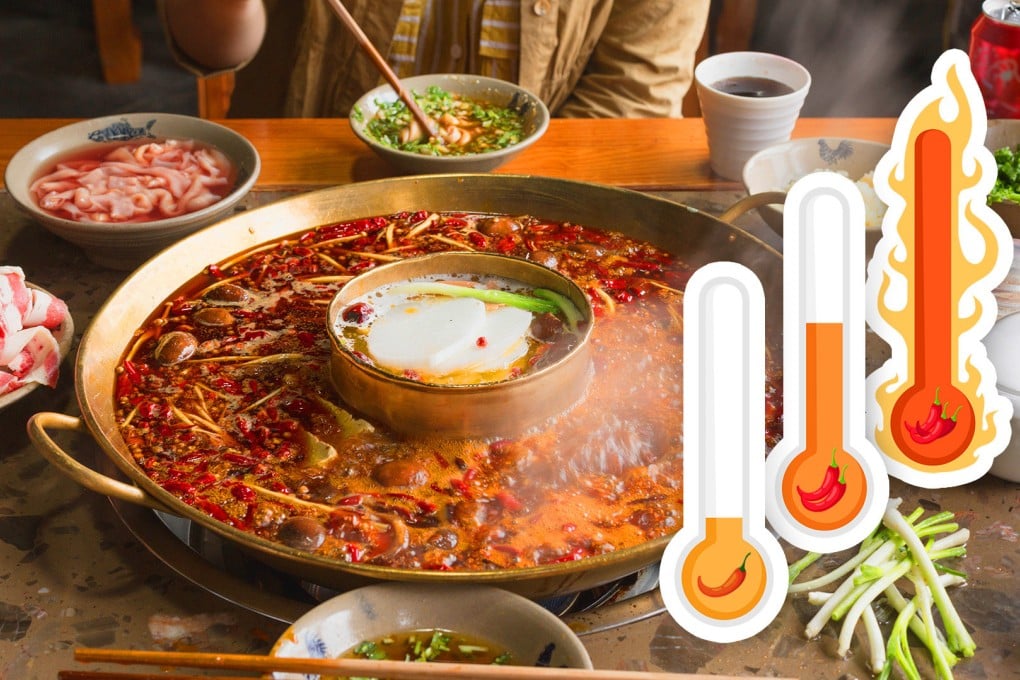‘Hotpot spiciness index’ on cards as culinary chiefs in China’s spice capital Sichuan try to scientifically define heat range for diners
- Culinary experts in China’s heartland of spice, Sichuan province, are working to perfect a scientific scale that will rank degrees of hotpot heat
- Move is generally welcomed, but some believe the mission is impossible because people have different levels of toleration to spicy food

Help could finally be at hand for people unable to stand the famously hot food from China’s southwestern Sichuan province.
In a cool move, a savvy online food lover has called on the country’s spice capital to publish a scientifically defined heat scale.
The request has gone viral and resonated with many in China after the provincial government’s official news outlet Sichuan Fabu posted it online on May 11.
The official outlet added that the Sichuan Province Hotpot Association had begun working on the idea.
Chief executive of the association Yan Long said the index would interpret and transfer spiciness into a more precise set of degrees, replacing the prevailing scale that only distinguishes flavours into “mild, medium, hot and super-hot”.
The mala, or numbing-spicy flavour, synonymous with Sichuan and hotpots from its neighbouring Chongqing municipality, is made from a combination of home-grown chili peppers, Sichuan peppers, a range of spices, beef tallow and vegetable oil.